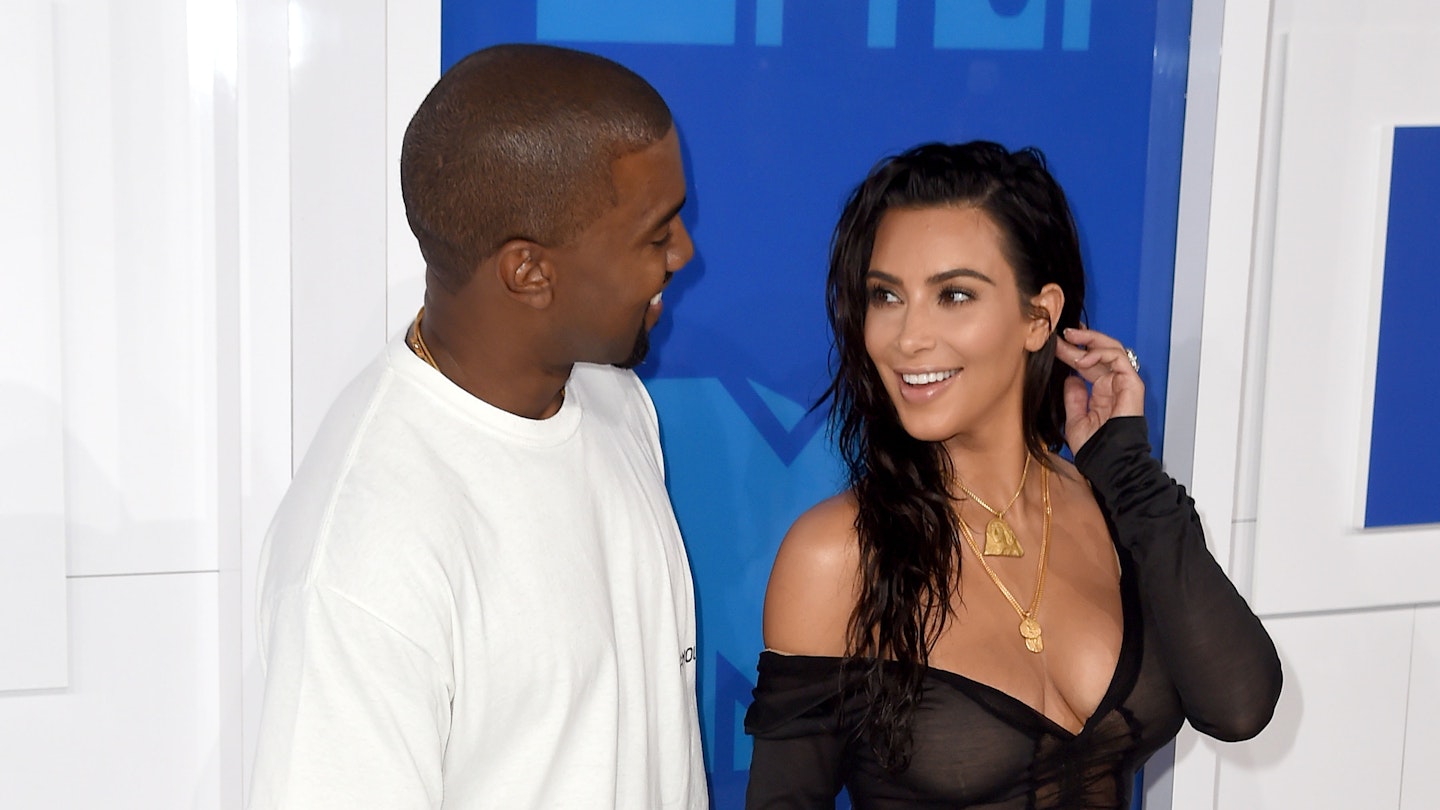If you're planning to head down the aisle (or to the registry office), you'll be encountering the big question of how to play the marital name game: keep it, take theirs or bring the two together to create something completely different? A nod to the family names of both parties that - contrary to what your friends might joke - is no longer the preserve of Downton-esque landed aristocracy. In fact, more and more couples are choosing to opt for a double-barrelled surname before starting married life.
From the important legal bits to the very pressing question of 'hypen or no hyphen?', here's everything you should know before making it official.
What is a double-barrelled surname?
A double-barrelled name comes about when two different family names are joined together, usually after a marriage. The term 'double-barrelled name' first became popular in Victorian times referring to two-part last names, but has since been narrowed down to 'surnames' thanks to the popularity of double first names (think Mary Kate Olsen or Lily Rose Depp).
When were double-barrelled names first used?
Back in days of yore, names were closely tied to notions of inheritance. If a family lacked any male descendants, creating a double-barrelled surname was a way of preserving a name that would otherwise have died out – and of keeping the estate in the family (just think of the plot of every other costume drama…). Back then, it tended to be the wealthier classes (the ones who actually had land to inherit) who adopted this naming tactic, giving it the slightly uppity connotations which have stuck around to this day. Unlike in other European countries, British double-barrelled names are traditionally heritable (or passed down to each generation of offspring) and yes, you can end up with a triple or quadruple-barrelled surname if you and your family so desire (but just imagine how many hours you'd waste spelling out your email address over the phone...)
Why bother choosing a double barrelled name?
These days, though, taking two surnames is no longer a class signifier. Instead, many couples now choose to double-barrel their surnames after marriage when the woman doesn’t fancy forgoing her name entirely but wants to nod to her new marital status, or when the man wants to take his wife's name, too. It's also become a popular option for civil partnerships and same-sex marriages.
Which name goes first?
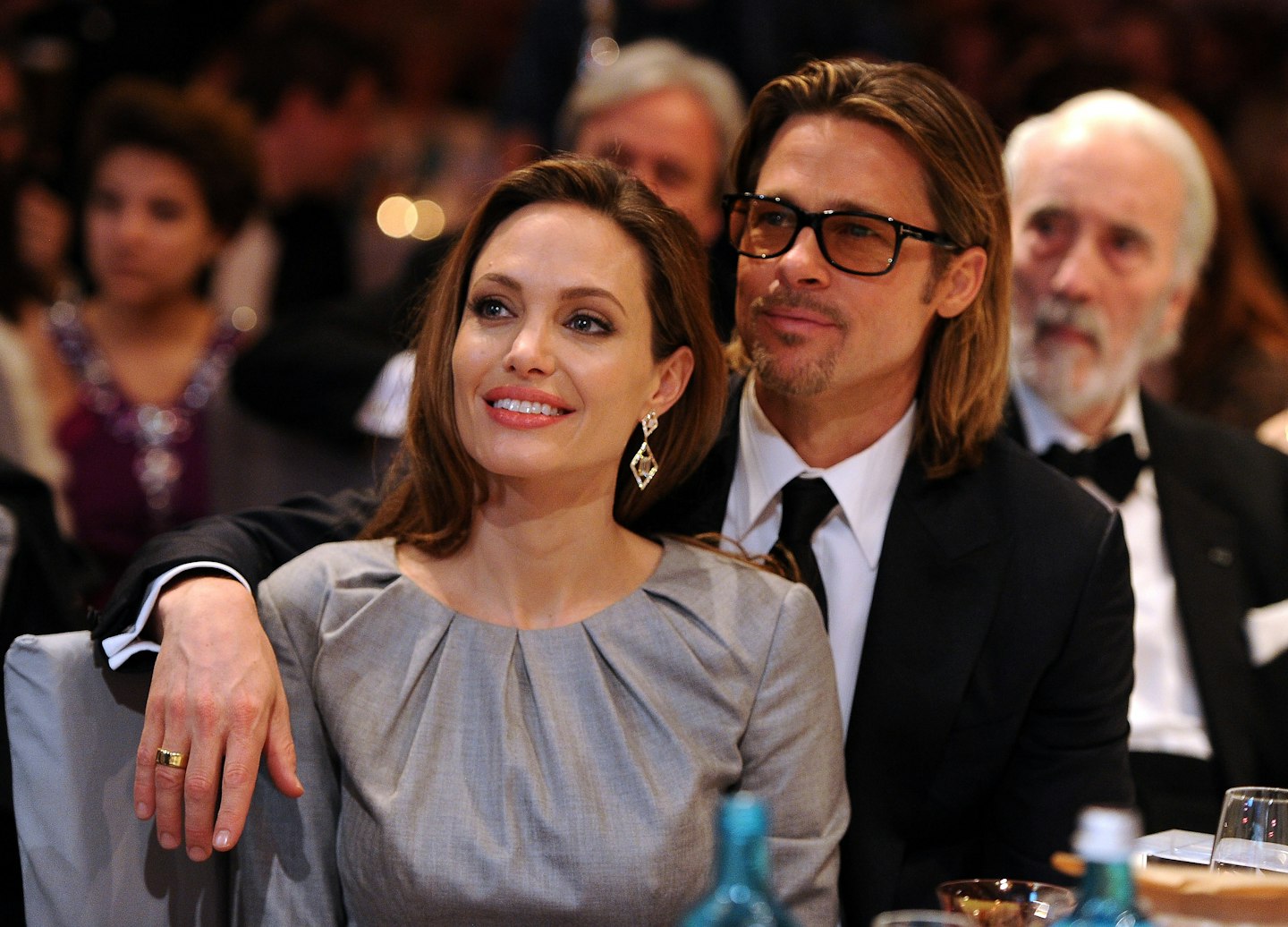
There are no rules as to whether you or your partner’s surname goes first in a double barrel. While tradition previously dictated that the man’s family name would be placed last (à la the couples formerly known as Kardashian-West or Jolie-Pitt), most couples now simply decide upon which of the two permutations sounds better when spoken aloud. Simple.
Should I hyphen or not hyphen my double-barrel name?
Again, it’s a matter of choice whether you decide to double barrel with or without a hyphen. In fact, this can even vary within the same family: the comedian Sacha Baron Cohen keeps his two surnames separate, whilst his cousin Simon Baron-Cohen links them together. Helena Bonham Carter, meanwhile, has gone on record saying that her hyphen is ‘optional.’ Confused yet?
How do you get a double-barrelled name after marriage?
If you decide to take your husband’s name after you marry, your wedding certificate becomes proof of your new name and can be used to apply for a new passport and other important documentation. If, however, you’ve chosen a double-barrelled option, things become slightly (but only very slightly) more complicated. You’re well within your rights to start calling yourself by your new name in day-to-day life, but in order for it to appear on your driving license, credit card and bank account, you will need to get a Deed Poll as a formal proof of this new identity.
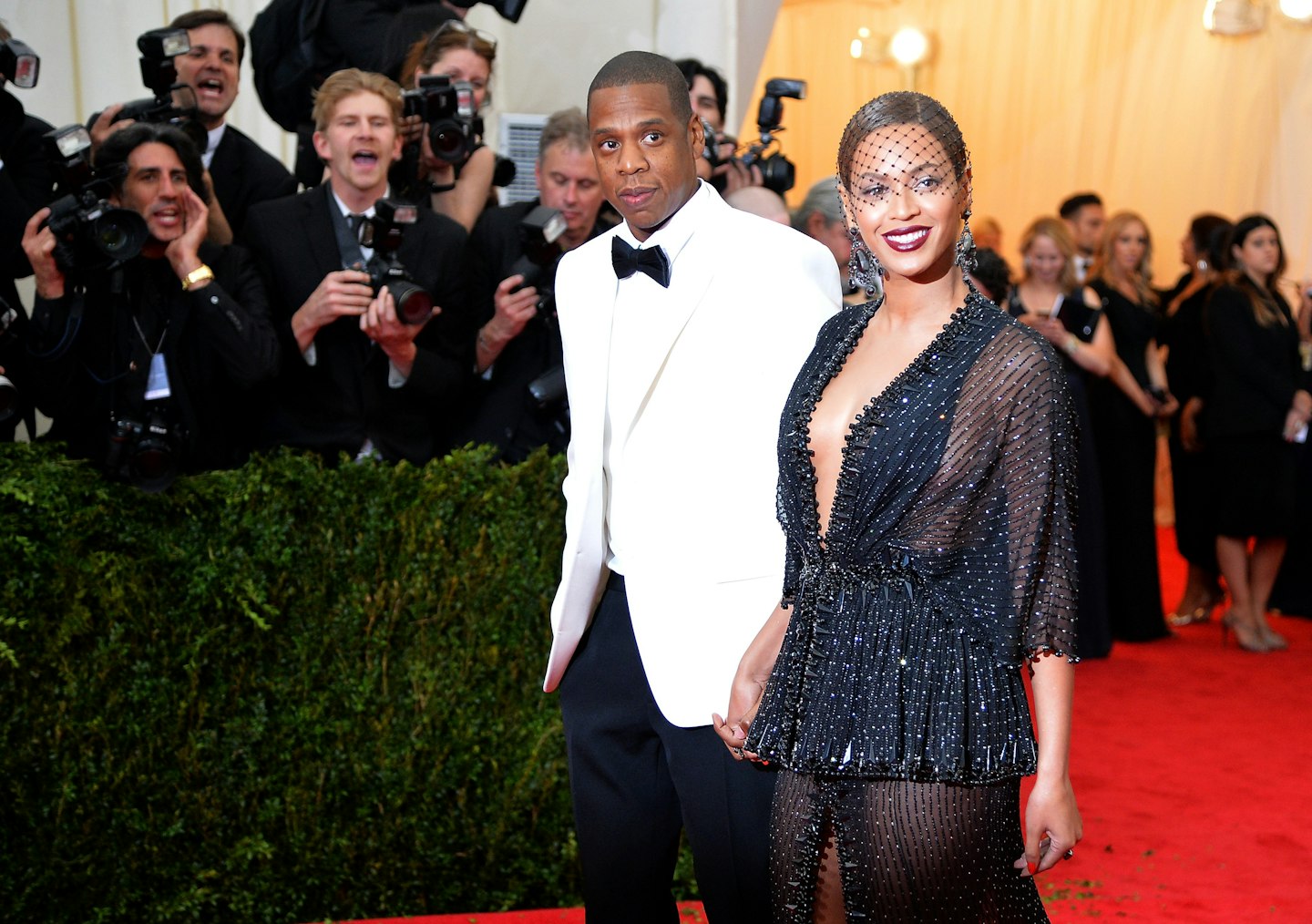
You can either make your own, or go through a specialist agency or solicitor. As of 2016, ‘enrolling’ your new name at the Royal Courts of Justice will set you back £36 according to government advice. The easiest - and cheapest - way to do this is for your future husband to take the new name by deed poll before the wedding. The double-barrelled name will then appear on the marriage certificate, meaning that you will be legally entitled to use the name. When you apply for new documentation, your wedding certificate will be sufficient proof.
Do both partners need to double-barrel their names?
No. If one partner doesn't fancy gaining an extra surname, then they can stick with their birth name and only one Deed Poll is required.
What's the difference between double-barrelling and 'meshing?'
While double-barrelling is a simple matter of putting two surnames together, ‘meshing’ is another naming option that involves splicing two names to form one new one. For a celebrity example, see Dawn Porter, who adopted the mash-up surname O’Porter after her marriage to actor Chris O’Dowd.
Whisper it, but what happens to your double-barrel name if you get divorced?
After divorce, you can either stick with your married double name or revert to your maiden name, same as with couple who didn't double-barrell.
Which celebrities have double-barrelled names?
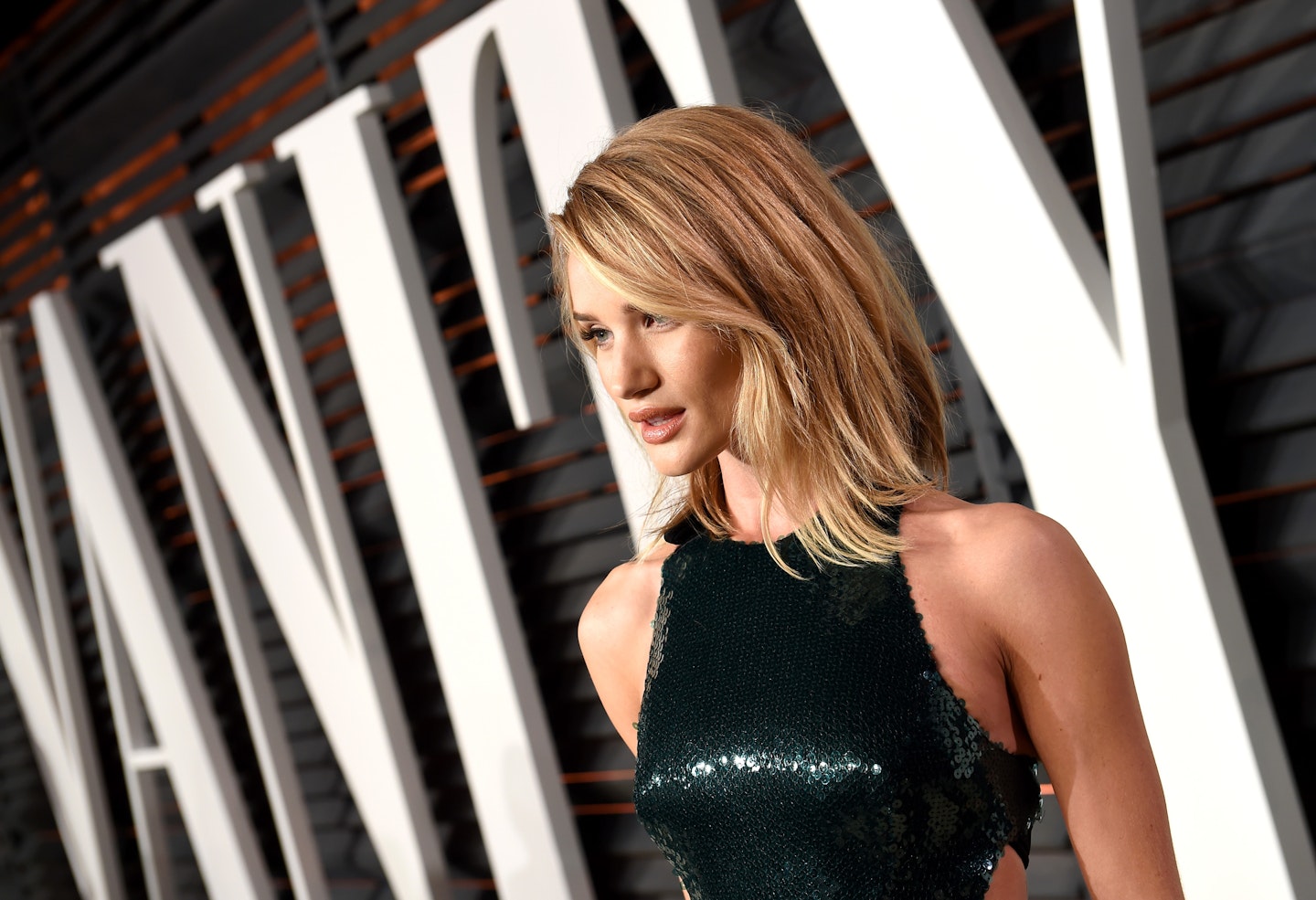
There's no denying that a double-barrelled name has serious recognition value, which might go some way in explaining why so many A-listers have either always been known by their double surname (Rosie Huntington-Whiteley, for example) or choose to double up after marriage (Queen B's full name is Beyoncé Knowles Carter, after all).
See the A-listers with double-barrelled names in the gallery below...
Double Barrelled Celebrity Surnames
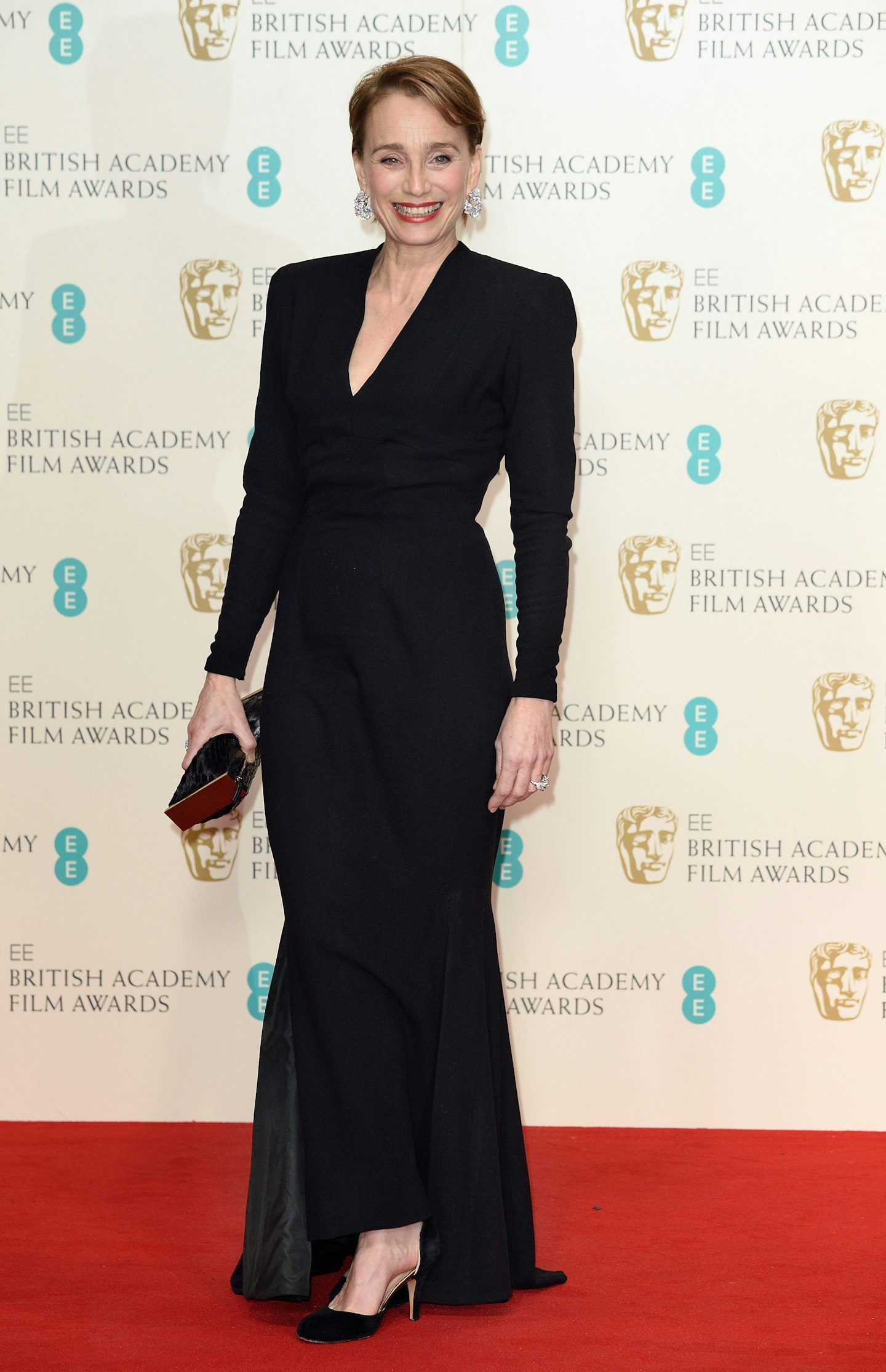 1 of 6
1 of 6Kristen Scott Thomas
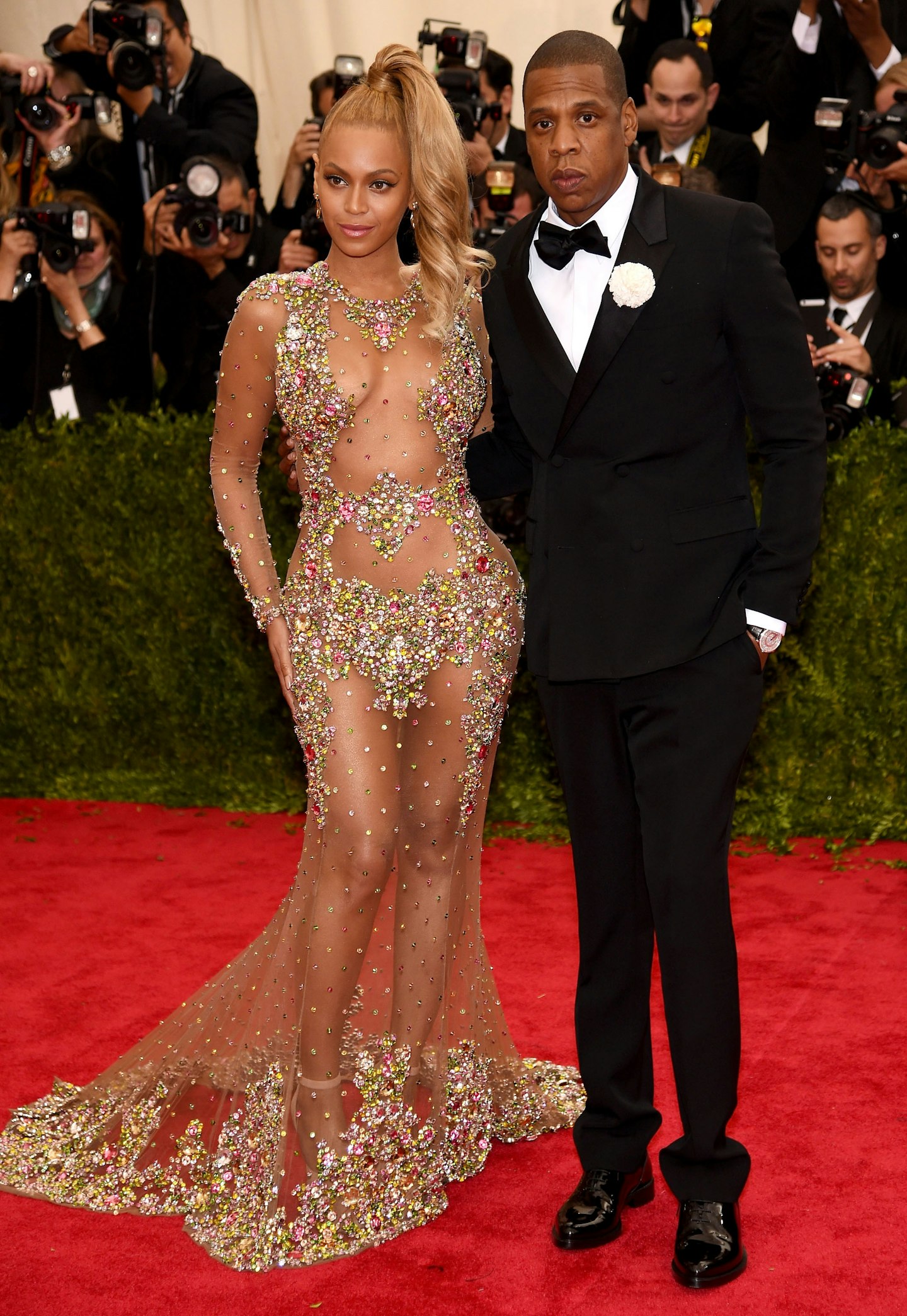 2 of 6
2 of 6Beyoncé and Sean Knowles Carter
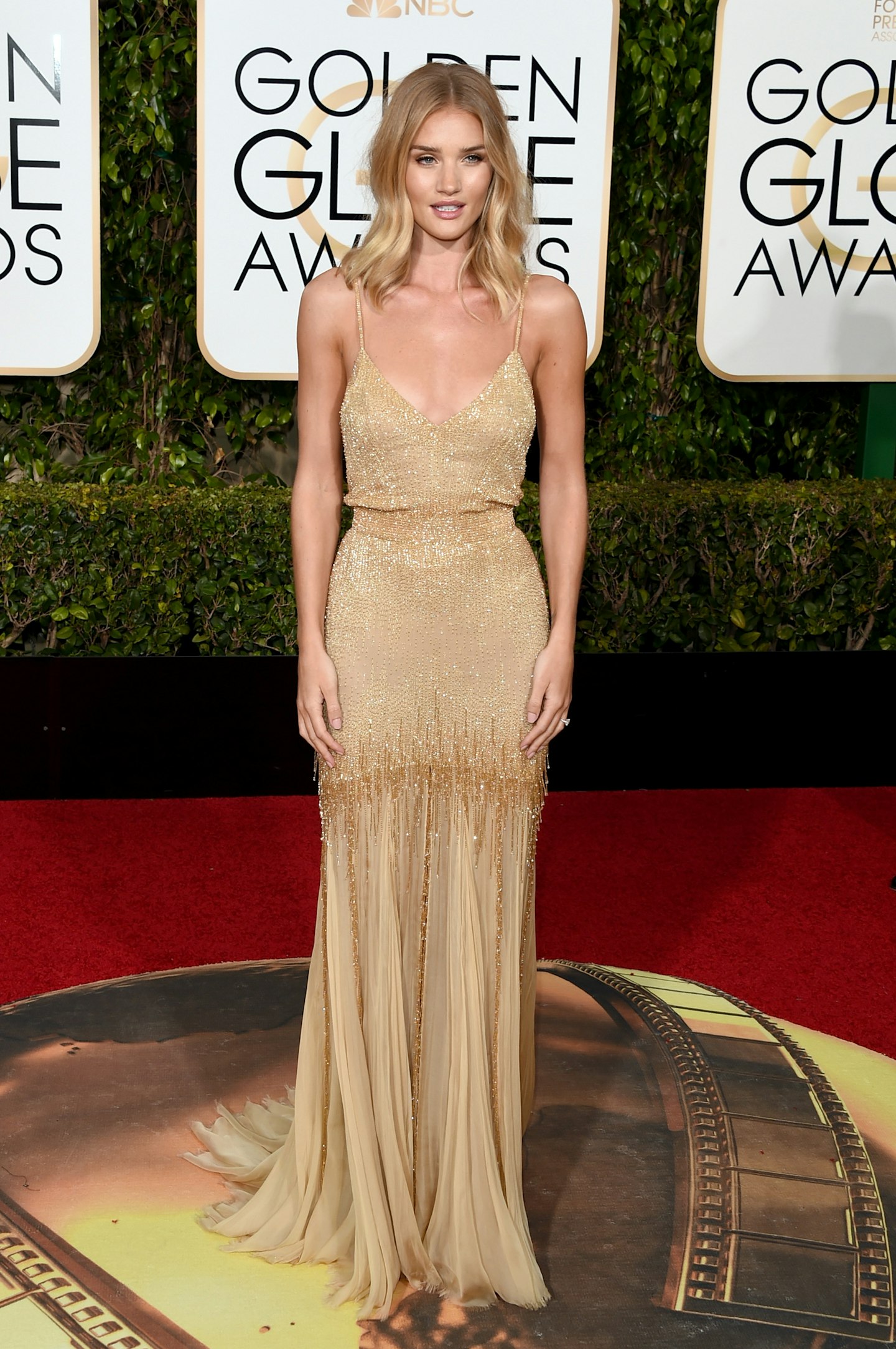 3 of 6
3 of 6Rosie Huntington-Whiteley
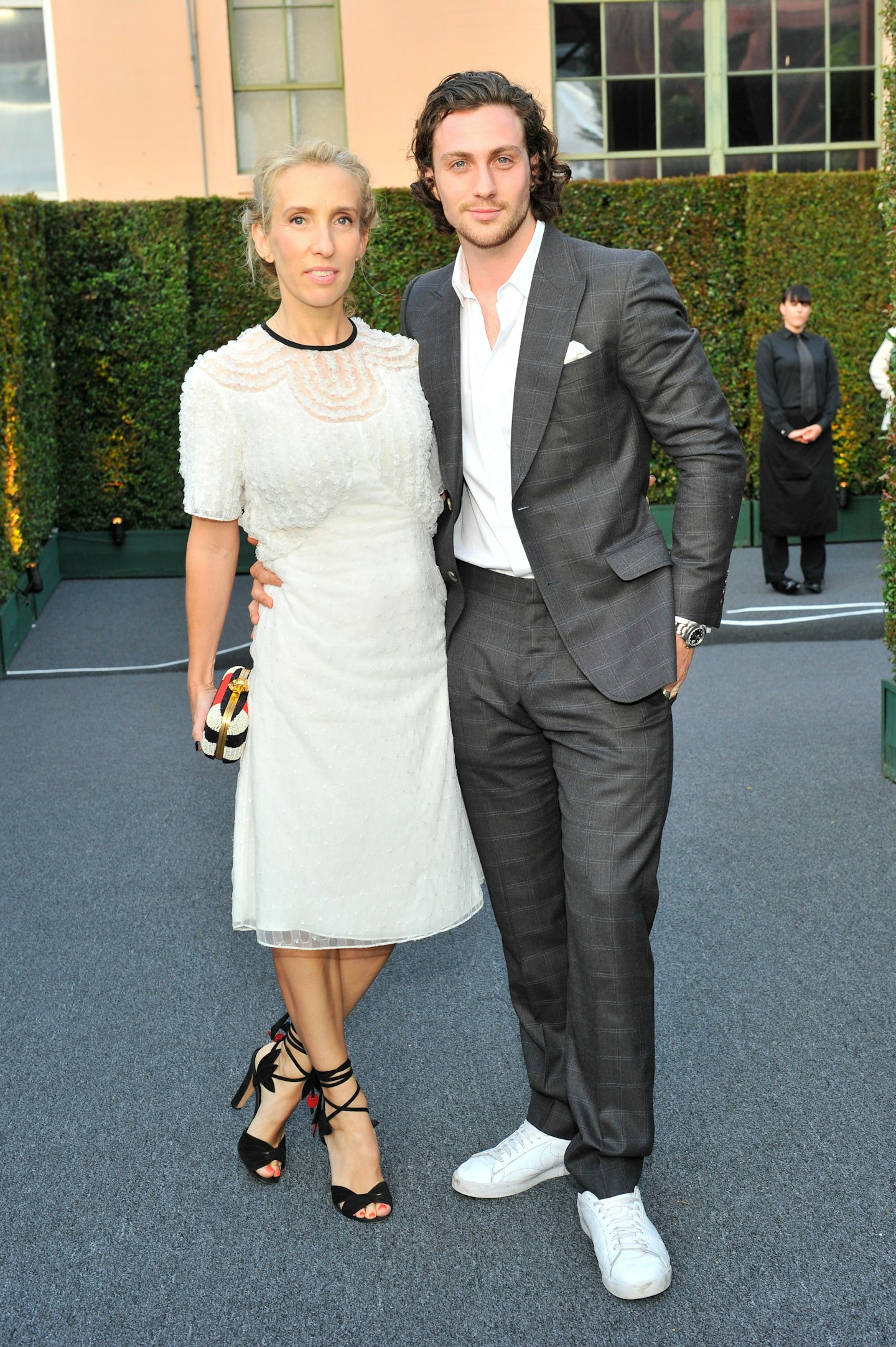 4 of 6
4 of 6Aaron and Sam Taylor Johnson
 5 of 6
5 of 6Sophie Ellis Bextor
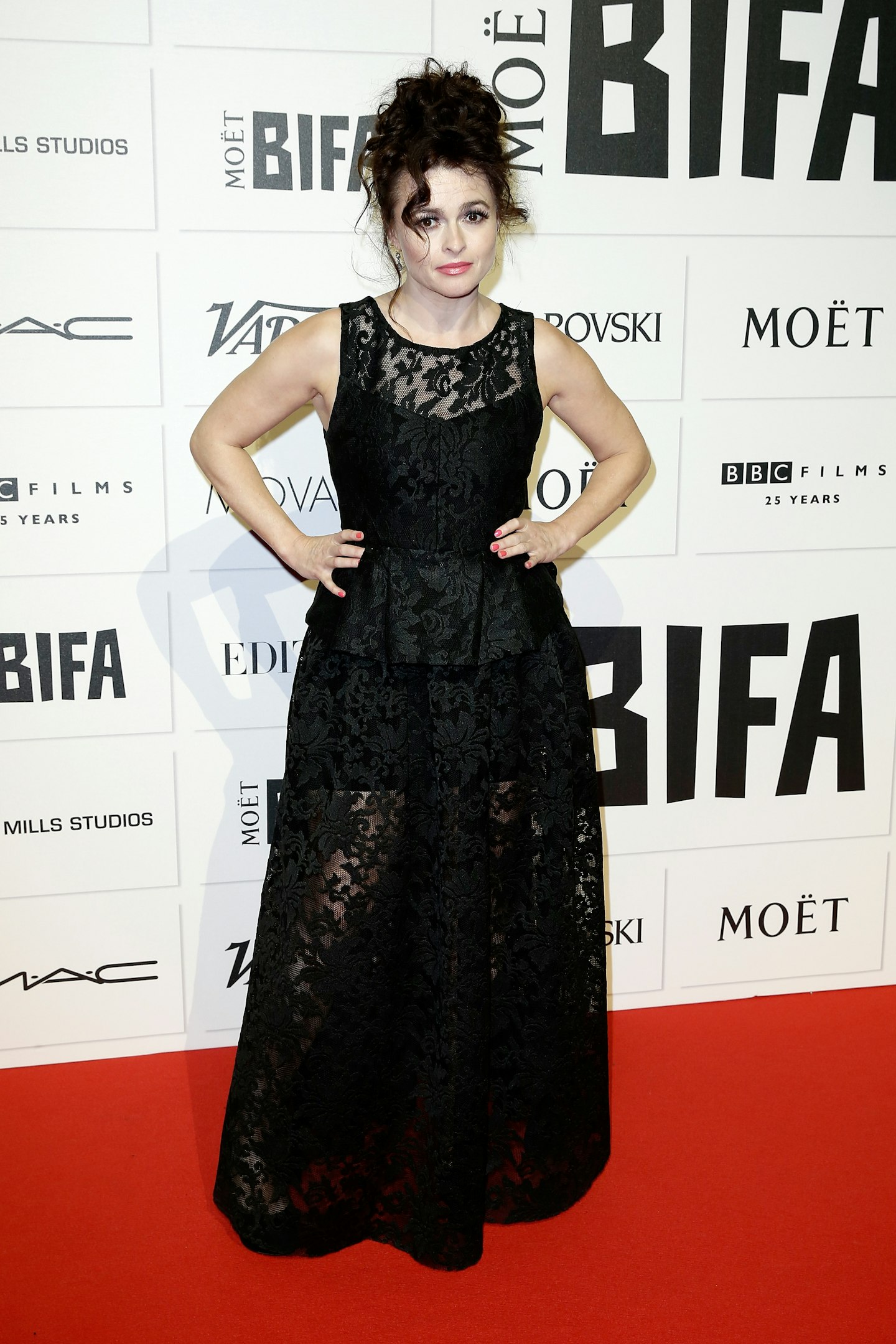 6 of 6
6 of 6Helena Bonham Carter
READ MORE:
